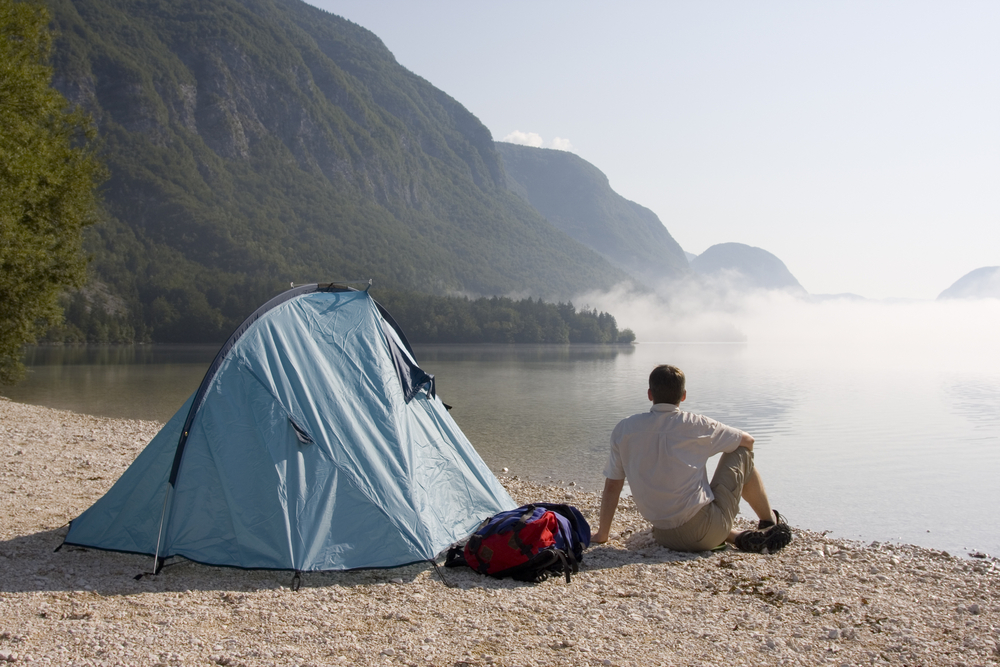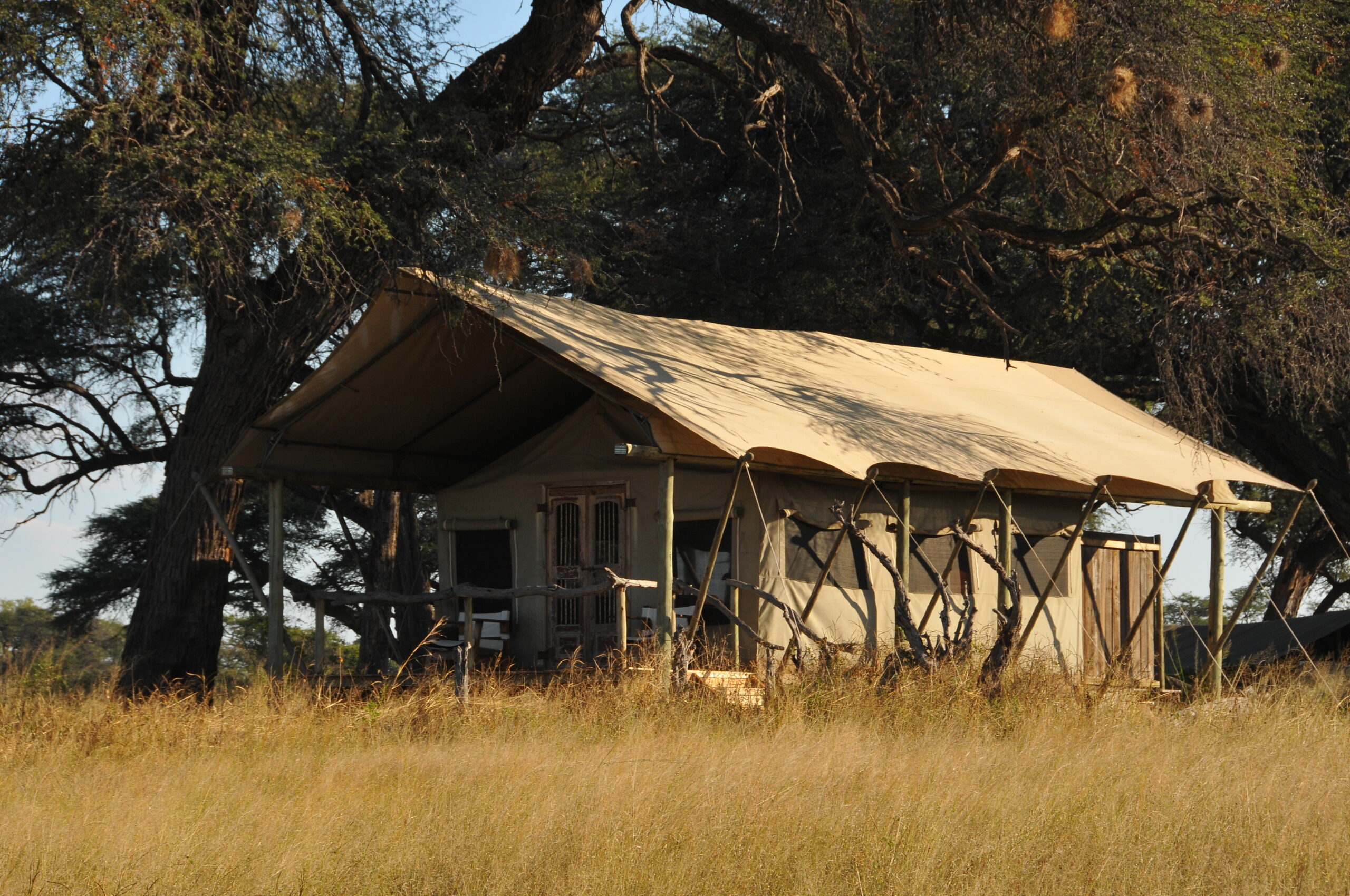Camping at the beach can be an incredible experience, with the soothing sound of crashing waves and the refreshing ocean breeze. However, the coastal winds can pose a challenge when keeping your tent securely in place. The last thing you want is for your tent to be swept away by strong gusts, turning your beach getaway into a stressful ordeal. But fear not!
This blog post will guide you through seven steps to keep your tent firmly grounded, ensuring a safe and enjoyable beach camping adventure.
7 Steps To Keep Your Tent from Blowing Away
#Step 1: Choosing The Right Tent
When it comes to keeping your tent secure at the beach, selecting the right tent is crucial. Look for a tent designed to withstand windy conditions. Opt for sturdy materials such as ripstop nylon or polyester, which offer better resistance against strong gusts. Consider the tent’s construction, particularly its frame and pole system. A robust frame will provide better stability.
Ensure your tent has quality stakes to protect the tent from blowing away. Metal stakes are generally more durable than plastic ones, making them better suited for beach camping. Longer stakes are preferable, providing a more secure hold in the sand. Consider investing in additional stakes or sandbags to reinforce your tent’s stability.
#Step 2: Selecting The Ideal Campsite
Choosing the right campsite location at the beach can significantly contribute to the stability of your tent. Look for sheltered areas or natural windbreaks, such as dunes or cliffs, which can help block the strong coastal winds. These natural features provide added protection and minimize the risk of your tent getting blown away.
Avoid exposed spots that are prone to direct wind gusts. These open areas can make it challenging to secure your tent effectively. Instead, opt for areas closer to vegetation or structures that can act as wind barriers.
Furthermore, consider the proximity to the waterline. Tides and waves can pose additional risks to your tent’s stability. Keep a safe distance from the water to prevent unexpected flooding or damage caused by high tides.
#Step 3: Anchoring The Tent Properly
Start by using stakes designed for sandy terrain. Longer stakes work best as they anchor deeper into the sand, providing a more secure hold. Place the stakes at a 45-degree angle away from the tent, ensuring they are firmly driven into the ground.
If the ground is too complicated or sandy, consider using sandbags as an alternative. Fill the bags with sand and attach them to the guylines or tie them directly to the tent’s corners. This additional weight will provide extra stability.
For even more security, attach guylines to the tent’s rainfly or designated loops and anchor them to nearby objects like rocks, trees, or stakes. Tension the guylines appropriately to ensure the tent is taut and resistant to wind forces.
#Step 4: Adding Extra Support
To further enhance the stability of your tent at the beach, consider adding extra support to reinforce its structure. One effective method is to use additional guy lines. Attach the guy lines to the tent’s rainfly or designated loops and secure them to stakes or nearby objects. By spreading the tension evenly, the guy lines can help distribute the wind force and prevent the tent from swaying or collapsing.
In addition to guy lines, place sandbags or heavy objects inside the tent to weigh it down. This added weight would provide further resistance against strong winds. Ensure the bags are correctly positioned near the corners and edges of the tent to maximize stability.
#Step 5: Reinforcing The Tent Structure
Consider minimizing the tent’s wind-catching surfaces by orienting it to align with the prevailing wind direction. This can be achieved by positioning the tent with the narrowest side facing the wind, reducing the surface area exposed to gusts.
Additionally, use the provided tent guylines to stabilize the structure further. Attach the guylines to the designated loops or tie them around the tent poles, then stake them out at an angle away from the tent. Tension the guylines adequately to add stability and prevent the tent from swaying.
Regularly check the tent’s setup throughout your beach camping trip, especially during strong winds. Make any necessary adjustments to reinforce the structure and maintain optimal stability.
#Step 6: Windproofing Tent Openings
To further enhance the wind resistance of your tent at the beach, it’s essential to address and secure the openings. Begin by closing all windows, vents, and doors properly. Ensure they are zipped up tightly to prevent any flapping or entry of wind.
For added protection, consider using windbreaks near the entrances of your tent. Place a tarp or groundsheet vertically before the openings to create a barrier against gusts. Secure the windbreak using stakes or sandbags, ensuring it is tightly stretched and anchored to the ground.
If your tent has vestibules or awnings, retract or secure them tightly to minimize their exposure to the wind. Loose or flapping vestibules can act as wind sails, compromising the tent’s stability.
#Step 7: Monitoring And Adjusting As Needed
Even with all the precautions taken, it is crucial to continuously monitor and adjust your tent setup while camping at the beach. Weather conditions can change rapidly, and winds may increase or decrease throughout the day.
Regularly check the stability of your tent by observing its movement and listening for flapping sounds. If you notice excessive swaying or flapping, it’s a sign that adjustments are necessary.
Periodically inspect the stakes, guylines, and sandbags to ensure they remain securely in place. Tighten the guylines if they have become loose, and reposition or drive in stakes that may have shifted or come loose.
Finally, Some Tips When Your Tent Doesn’t Have Sand Anchors?
- Collect large rocks or heavy objects strategically around the tent’s corners and edges to provide additional stability.
- If you don’t have sand anchors, fill sturdy bags with sand and tie them to the guylines or tent corners. This will add weight and help secure the tent.
- Look for natural features like tree trunks, logs, or large rocks nearby that can be used as anchor points. Attach guylines to these objects to reinforce the tent’s stability.
- Dig small trenches around the tent’s perimeter and bury the tent’s edges or guylines. This can help anchor the tent and prevent it from being lifted by strong winds.
- Ask fellow campers for help in securing your tent. They may have additional tools or creative solutions to address the need for sand anchors.


